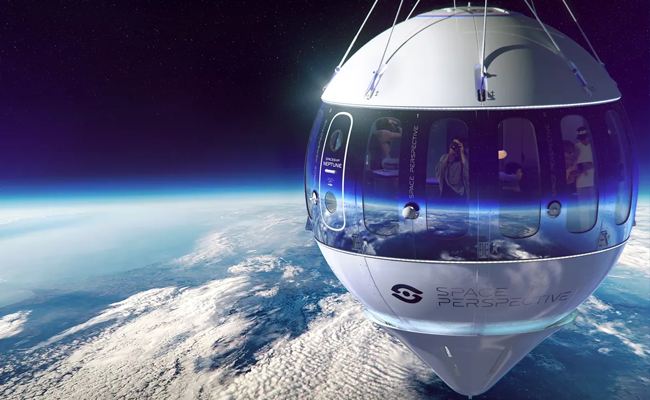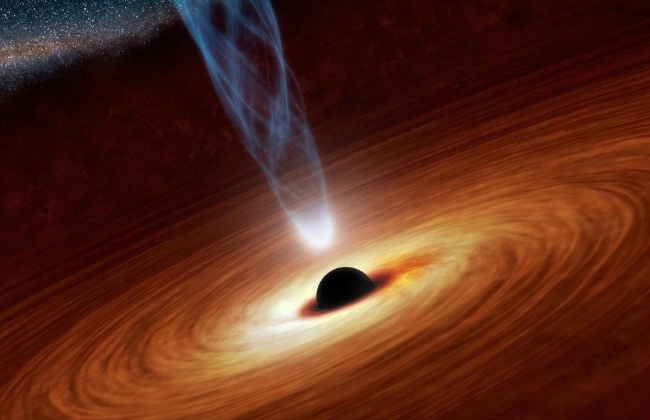Space Travel: Since the beginning of time, humans have looked up at the stars and dreamed of exploring the vast expanse of space. In recent decades, space travel has become a reality, with humans venturing beyond the bounds of Earth and into the great unknown. In this article, we will explore the history and future of space travel, from the early days of rocketry to the possibilities of interstellar travel.
The Early Days of Rocketry

The early days of rocketry were marked by experimentation and trial-and-error. In the 1920s and 1930s, scientists like Robert Goddard and Hermann Oberth began to develop the basic principles of rocket propulsion, paving the way for future space exploration. The first successful rocket launch came in 1942, when a German V-2 rocket reached an altitude of 100 kilometers.
The Space Race
The space race between the United States and the Soviet Union in the 1950s and 1960s marked a new era in space travel. The launch of the Soviet satellite Sputnik in 1957 was a wake-up call for the United States, and sparked a competition between the two superpowers to achieve ever-greater feats in space. The first human to venture into space was Soviet cosmonaut Yuri Gagarin, who completed a single orbit of the Earth in 1961. The United States responded with its own manned space program, and in 1969, Neil Armstrong and Buzz Aldrin became the first humans to walk on the moon.
The International Space Station

In recent decades, space travel has become a collaborative effort among many nations. The International Space Station (ISS) was launched in 1998 as a joint project between the United States, Russia, Japan, Canada, and Europe. The ISS has been continuously inhabited since 2000, and serves as a platform for scientific research and collaboration among the participating nations.
The International Space Station
The future of space travel is filled with possibilities and challenges. One of the most promising areas of research is the development of reusable rockets, which could dramatically reduce the cost of space travel and make it more accessible to the general public. Companies like SpaceX and Blue Origin are already making strides in this area, with reusable rocket technology that can land back on Earth after launch.
Another area of interest is the exploration of Mars and other planets in our solar system. NASA’s Mars Perseverance rover, launched in 2020, is currently exploring the surface of the red planet and collecting data on its geology and potential for habitability. Private companies like SpaceX and Blue Origin are also planning missions to Mars in the coming years, with the goal of eventually establishing a permanent human settlement on the planet.
Interstellar Travel

Beyond our solar system lies a vast expanse of space that is ripe for exploration. Interstellar travel, or travel between stars, is one of the ultimate goals of human space exploration. However, it poses significant challenges, including the vast distances involved and the need for new propulsion technologies. Concepts like antimatter propulsion and warp drives are still in the realm of science fiction, but scientists and engineers are actively working to develop the technology that could make interstellar travel a reality in the future.
Space travel has come a long way since the early days of rocketry, and the future is full of exciting possibilities. From reusable rockets to missions to Mars and beyond, human exploration of space is advancing at a rapid pace. While there are still many challenges to overcome, the human spirit of exploration and curiosity will continue to drive us forward, towards the stars and beyond.
Read Also: What is Auroras ?
![]()





